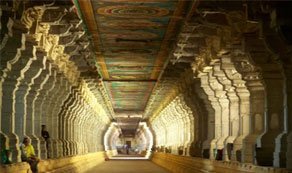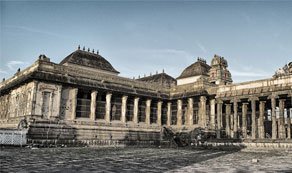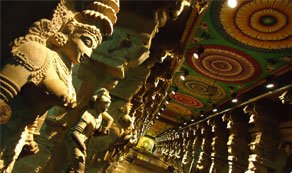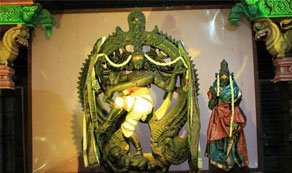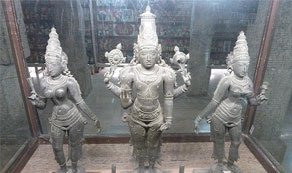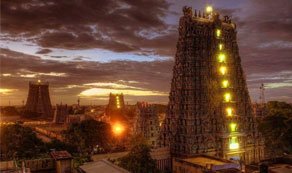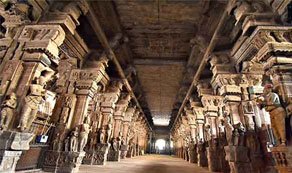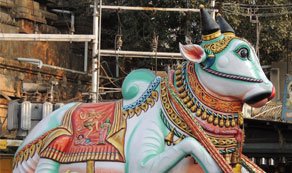Ayiramkaal Mandapam

Here are some key points about the history and special features of the Ayiramkaal Mandapam:
Historical Background:
Ayiram Kaal Mandapam was built during the Nayak dynasty rule in the 16th century. The Nayaks were great patrons of art and architecture, and they made significant contributions to the Meenakshi Temple complex.
Architecture:
The hall is renowned for its exquisite architecture, characterized by its numerous pillars. Despite its name, the hall doesn't actually have a thousand pillars; it's more of an approximation. However, the exact count of pillars exceeds 900. Each pillar is intricately carved with various mythological figures, deities, and ornamental designs, showcasing the rich artistic heritage of the region.
Significance:
Ayiram Kaal Mandapam serves multiple purposes. It functions as a venue for various religious and cultural activities within the temple complex. Devotees often gather here for prayers, ceremonies, and performances. Additionally, the hall is a major tourist attraction, drawing visitors from around the world who come to admire its architectural beauty and historical significance.
Cultural Heritage:
The Thousand Pillar Hall stands as a testament to the architectural brilliance and cultural heritage of Madurai. It reflects the religious fervor and artistic prowess of the Nayak dynasty, who played a pivotal role in shaping the architectural landscape of the region.
Central Hall:
The main hall of Ayiram Kaal Mandapam is vast and spacious, with rows of pillars dividing the space into aisles. The central area is often used for conducting religious ceremonies and rituals, while the surrounding corridors provide space for devotees to circumambulate and offer prayers.
Musical Pillars:
The musical pillars, located in the western reaches of the hall, are an experience like no other. These pillars, upon being struck, produce melodious sounds that are said to have been crafted to enthral all who hear them. These musical pillars, a testament to the engineering prowess of the Tamil civilization, will transport you to a realm of pure enchantment.
Lighting Effects:
The architecture of Ayiram Kaal Mandapam is designed to create stunning lighting effects during specific times of the day. Sunlight filtering through the intricately carved openings in the walls casts mesmerizing patterns of light and shadow inside the hall, enhancing its visual appeal and mystical ambiance.
Artistic Details:
The carvings on the pillars of Ayiram Kaal Mandapam are not only aesthetically pleasing but also narrate stories from Hindu mythology. Scenes from the Ramayana, Mahabharata, and other ancient texts are depicted with intricate detail, capturing the imagination of visitors and serving as visual aids for religious education.
Functionality:
In addition to religious ceremonies, Ayiram Kaal Mandapam also serves as a venue for cultural performances and traditional arts. Dance recitals, music concerts, and theatrical performances often take place within the hall, providing a platform for artists to showcase their talent and preserving the cultural heritage of the region.
Restoration and Preservation:
Over the years, efforts have been made to restore and preserve Ayiram Kaal Mandapam and the entire Meenakshi Temple complex. Conservation projects aim to maintain the structural integrity of the hall while safeguarding its intricate carvings and architectural elements for future generations to appreciate.



